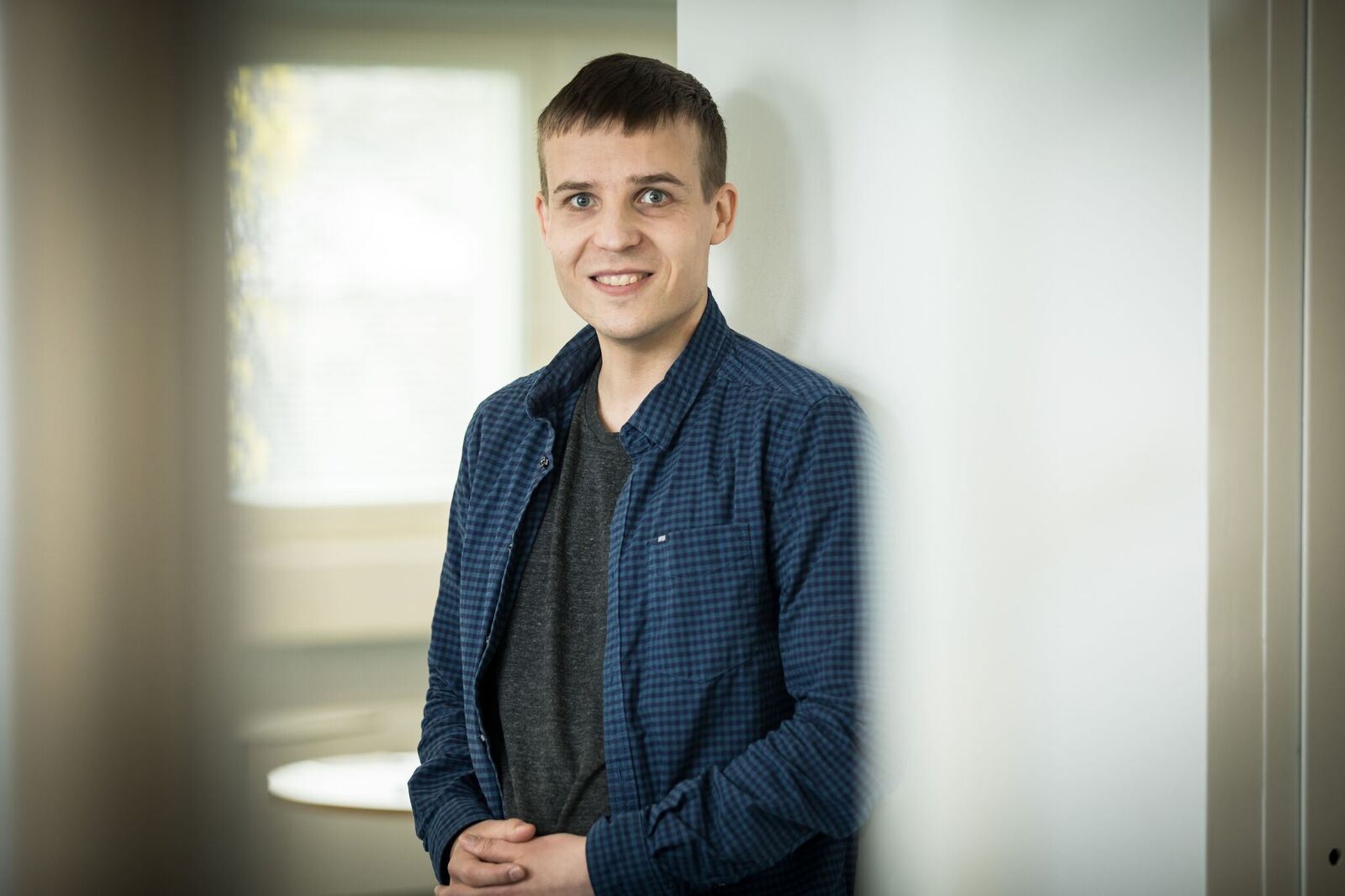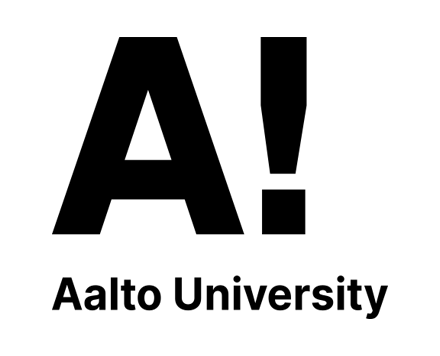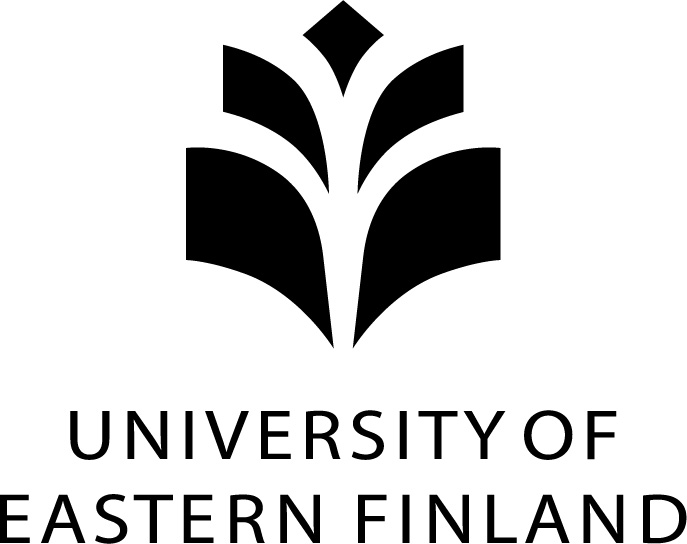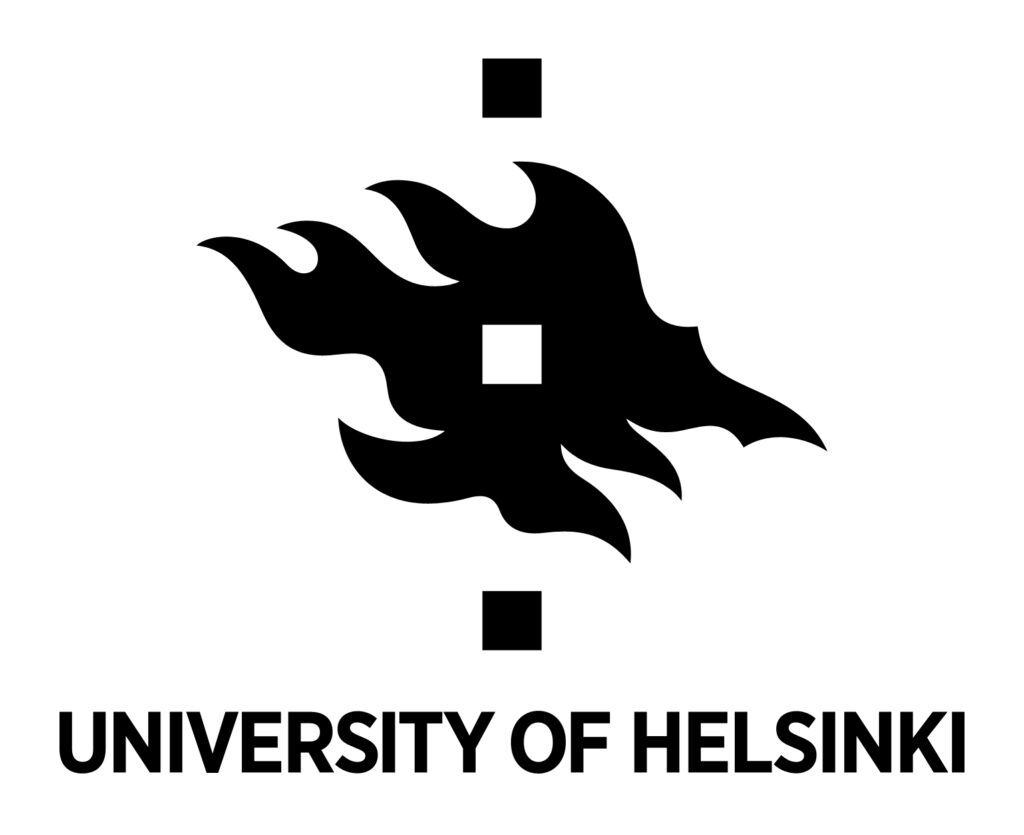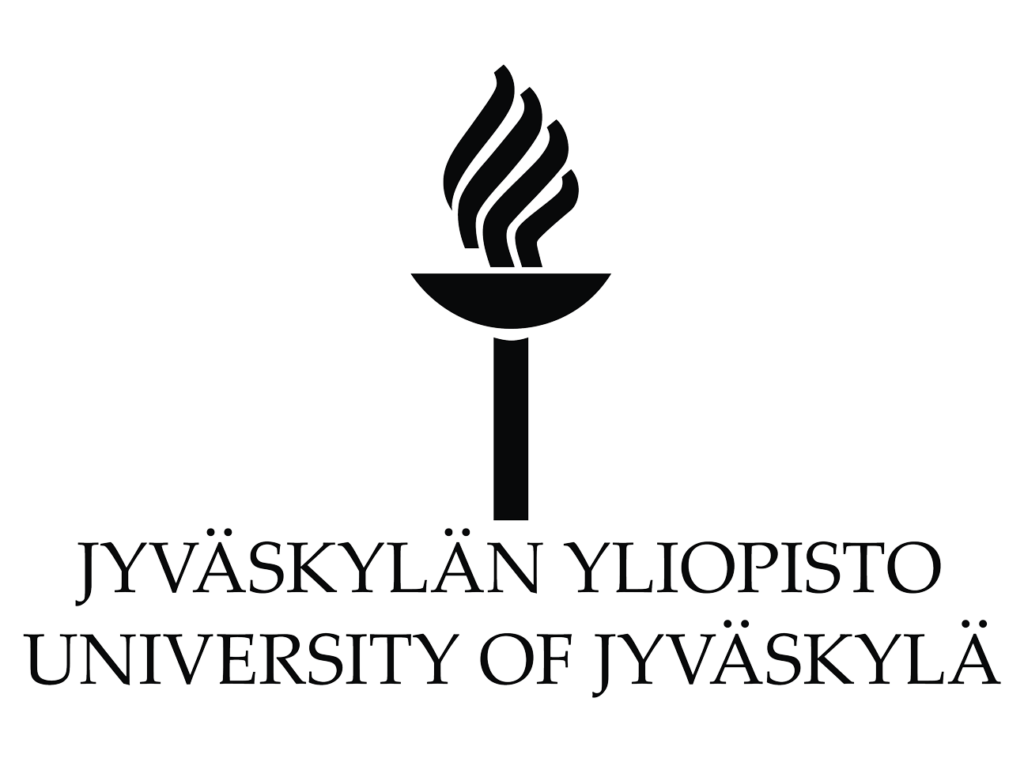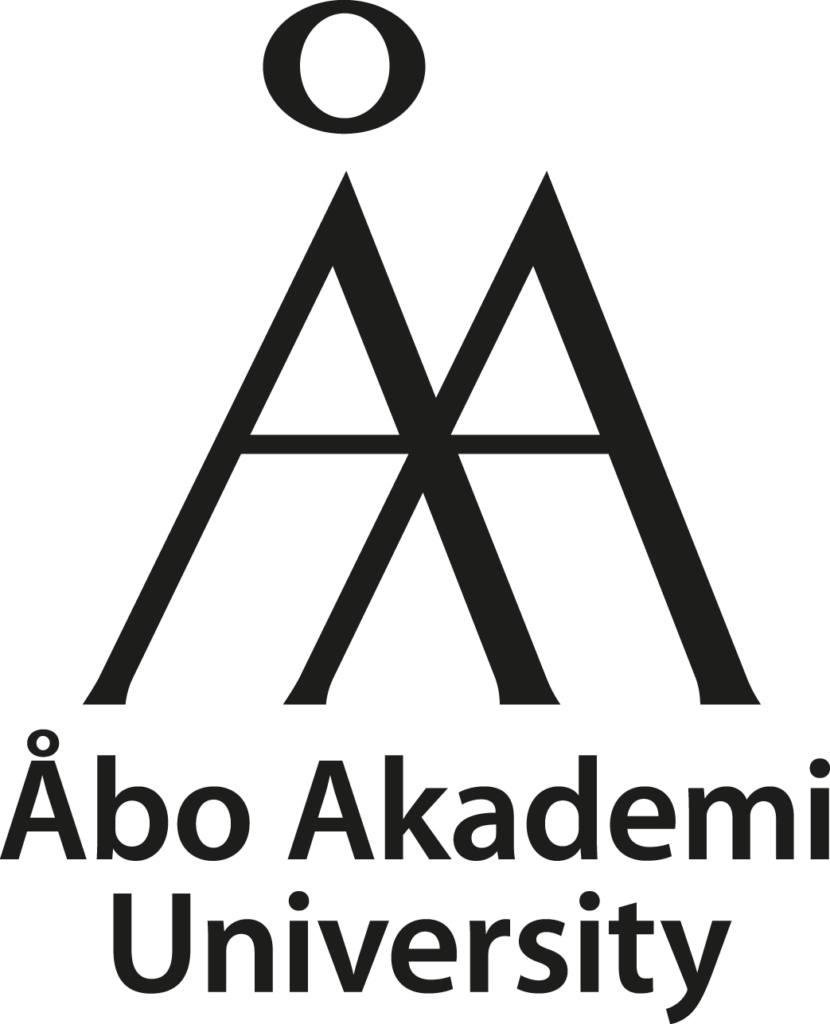Frances Arnold is the third Millennium Tech Prize winner to receive the Nobel prize
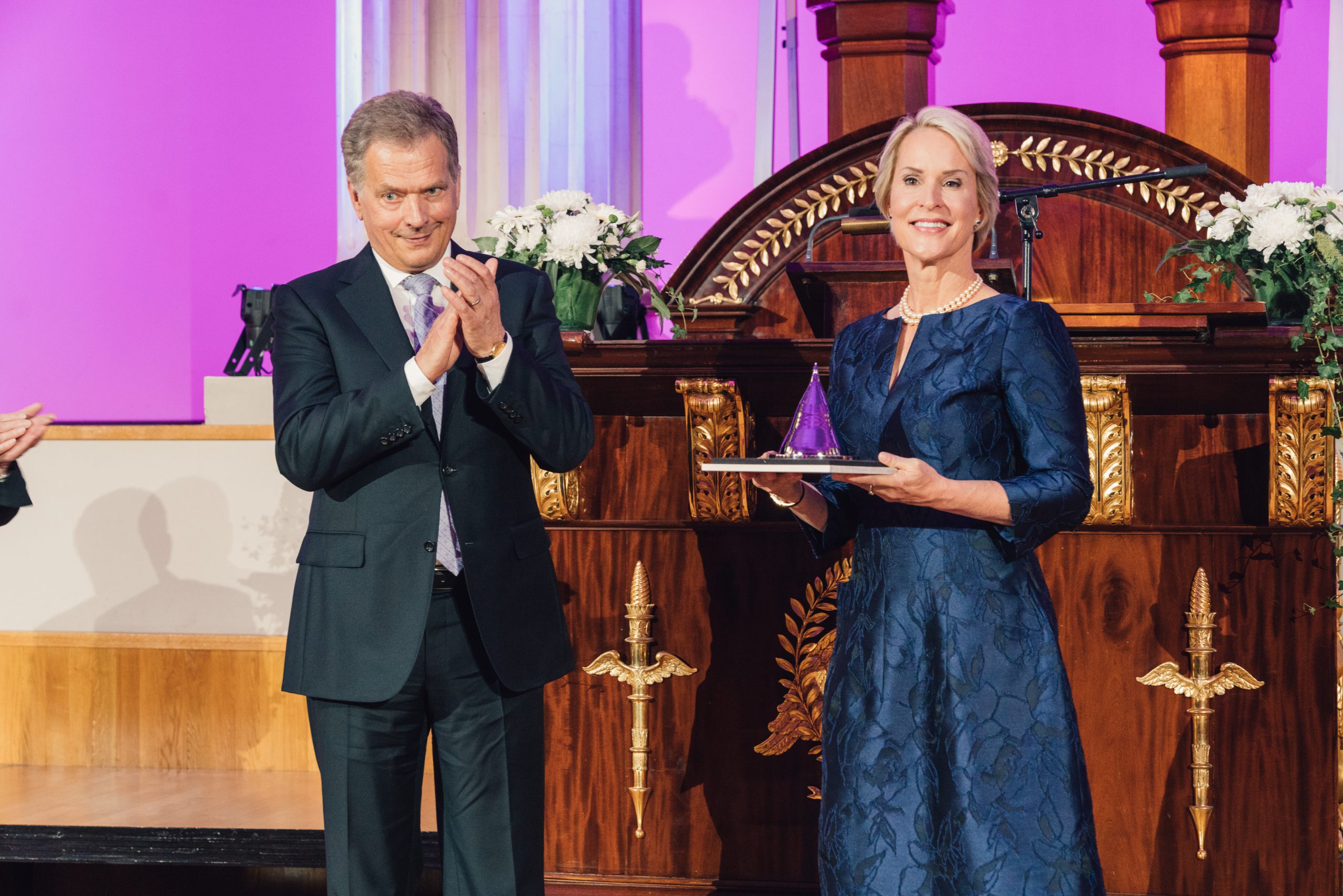
Biochemical engineer Frances Arnold received the Millennium Technology Prize two years ago for her ground-breaking innovation, directed evolution, which mimics natural evolution to create new and better proteins in the laboratory. Thanks to directed evolution, sustainable development and clean technology become available in many areas of industry that no longer have to rely on non-renewable raw materials.
Professor Arnold, working in the California Institute of Technology, now won the Nobel prize for her career-long work in directed evolution.
“Frances Arnold is already the third innovator who has first been awarded the Millennium Technology Prize and then the Nobel prize”, says professor Marja Makarow, chair of Technology Academy Finland that awards the Millennium Technology Prize.
“This shows the huge importance of high-level basic research for creating innovations that make people’s life better.”
Today, Frances Arnold’s methods are being used in hundreds of laboratories and companies around the world. For example, the VTT Technical Research Centre of Finland has used Arnold’s technologies to produce materials that could replace oil-based plastics, and a Finnish oil refining company Neste has been doing research about using these bio-processes to make renewable fuels. In a very different field, the technology company Outotec uses directed evolution in their process of bioleaching of gold.
Three MTP winners have become Nobelists
The first Millennium Technology Prize winner to receive the Nobel prize was Shinya Yamanaka who was awarded the MTP in 2012 for his innovation of ethical stem cells – a new method to develop induced pluripotent stem (iPS) cells for medical research. Yamanaka won the Nobel prize in medicine for his achievements later the same year.
After Yamanaka’s breakthrough, iPS technology has become a major area of medical research all over the world. For instance in Finland where researchers use Yamanaka’s methods to combat heart diseases.
Also the 2006 Millennium Technology Prize winner Shuji Nakamura has won the Nobel prize later on his career. Nakamura was awarded the MTP for creating the blue led and, with this innovation, for leading the way to the brilliant white led. In 2014, Nakamura won the Nobel prize in Physics with his colleagues Isamu Akasaki and Hiroshi Amano.
The innovation of Nakamura is under research and further development in numerous laboratories in the world, offering possibilities for solutions in lighting but also for example in water purification and disinfection of surfaces in hospitals. In Aalto University the researchers believe that leds will drastically improve people’s lives especially in remote areas of Third World countries where people don’t have access to the power grid.
Read more about Millennium Technology Prize winners



